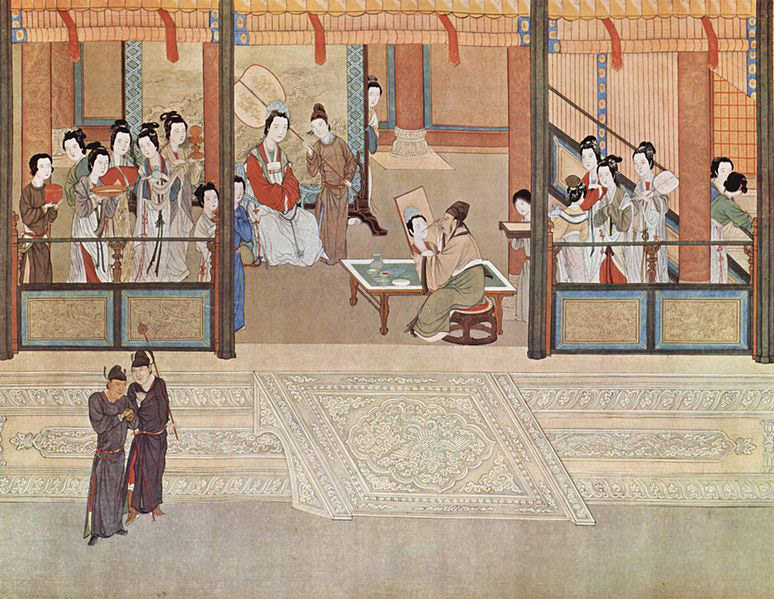 The Ming (1368 to 1662) period is considered one of the three golden ages of China, alongside the Han and Tang Dynasties. During its reign, the Ming Dynasty economy made improvements in technology, agriculture, trade, and manufacturing. During the Ming Dynasty the Chinese economy was rapidly displaying signs of early capitalism.
The Ming (1368 to 1662) period is considered one of the three golden ages of China, alongside the Han and Tang Dynasties. During its reign, the Ming Dynasty economy made improvements in technology, agriculture, trade, and manufacturing. During the Ming Dynasty the Chinese economy was rapidly displaying signs of early capitalism.
Agriculture
The farmers used crop rotation methods and plowing was powered by water, greatly improving agricultural output. This formed a base for the Ming market economy. Crops like tea plants and fruit orchards were grown, depending on the soil suitability of a particular region, were mass produced.
Agricultural Influences on the Ming Economy
The new market economy made it possible for farmers to cultivate large areas of land for producing cash crops. Cash crops were important to agriculture due to fact that the quality of land was decreasing and population rising.
Advancements in use of tools, carts, and water-powered equipment helped in large scale production of crops.
There were three types of markets during the Ming period: the rural market, the urban-rural market, and the national market.
Manufacturing
The manufacturing industry became more advanced and was involved in producing different products, compared to the Song Dynasty. Iron was produced at a rate which no previous dynasty was able to achieve. The Ming used the Han policies and privatized many industries, like tea and salt. Chinese industry was propelled by powerful and wealthy merchants.
The Ming abolished the practice of forced labor and brought out a major change in the manufacturing industry by paying wages to the labors working in these factories. There were around 300 factories involved in making pots and were run by waged labor forces.
Commerce and Trade
Trade, commerce, and investment flourished during the Ming period because of their liberalized economy. The Ming Chinese built canals for irrigation, bridges, and roads for transportation. Trade with faraway markets became more feasible. The Ming Dynasty trade reached as far as Japan and Europe, which opened gates for economic development. Overseas trade brought around 300 million silver taels into China.